Impact of Climate Change on California's Water Supply
 California is in the midst of a water crisis. By consensus estimates, climate change is poised to intensify this crisis in the coming years. Our water delivery and conservation strategies are outdated and structurally failing. California’s population is projected to rise at an alarming rate. More people mean less available water.
California is in the midst of a water crisis. By consensus estimates, climate change is poised to intensify this crisis in the coming years. Our water delivery and conservation strategies are outdated and structurally failing. California’s population is projected to rise at an alarming rate. More people mean less available water.
How should policy makers and water planners tackle these issues?
Click here to read the report >>>



 Green (Renewable) Energy
Green (Renewable) Energy


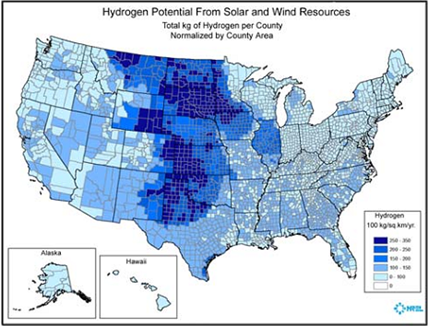 Overall, the results of the study give a positive indication that hydrogen can be used in the electric power sector. The consequences will be highly beneficial not only to mitigate the emissions problem but also to encourage the utilization of more renewable resources to produce hydrogen.
Overall, the results of the study give a positive indication that hydrogen can be used in the electric power sector. The consequences will be highly beneficial not only to mitigate the emissions problem but also to encourage the utilization of more renewable resources to produce hydrogen.
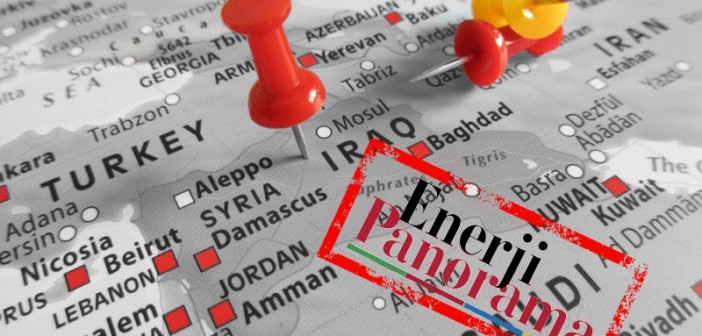
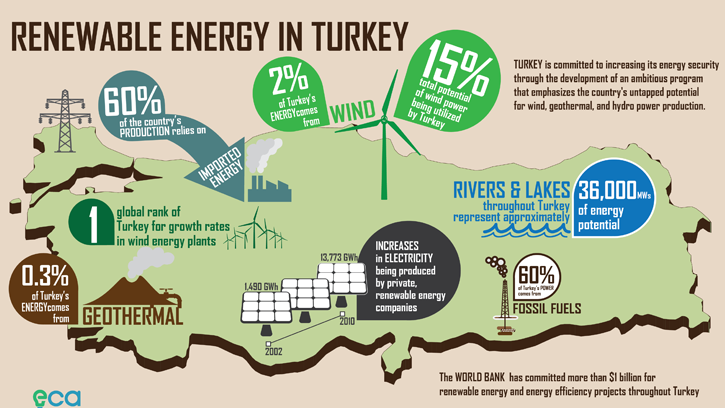
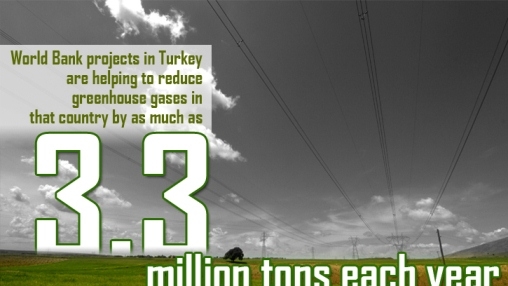
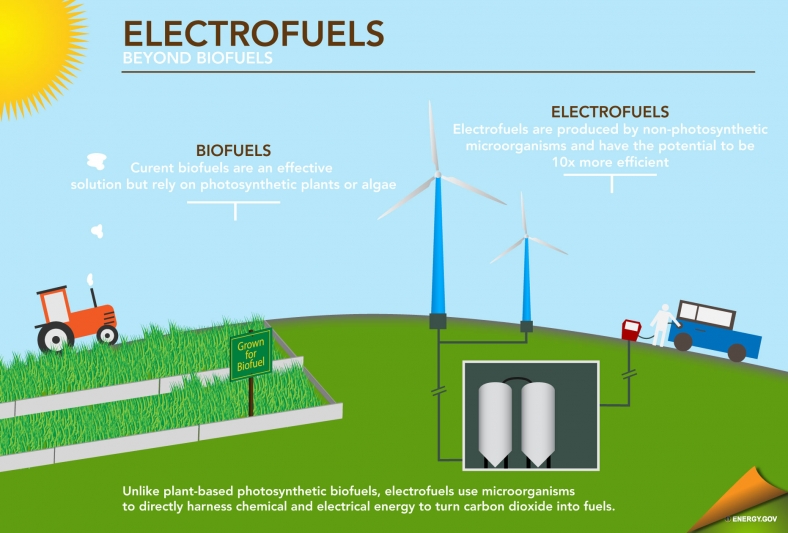
 Solar energy is fast becoming the most cost-effective and realistic alternative to conventional energy production. In residential capacities, solar energy systems harness energy and heat from the sun, converting it in order to power your lights, hot water heater, appliances, and more. There are numerous types of solar energy systems, and the benefits of incorporating this environmentally friendly resource into your home are astonishing. From reducing the impact that you have on the environment to cutting your utility bills and upping your resale value, solar energy is truly a worthwhile investment.
Solar energy is fast becoming the most cost-effective and realistic alternative to conventional energy production. In residential capacities, solar energy systems harness energy and heat from the sun, converting it in order to power your lights, hot water heater, appliances, and more. There are numerous types of solar energy systems, and the benefits of incorporating this environmentally friendly resource into your home are astonishing. From reducing the impact that you have on the environment to cutting your utility bills and upping your resale value, solar energy is truly a worthwhile investment.

